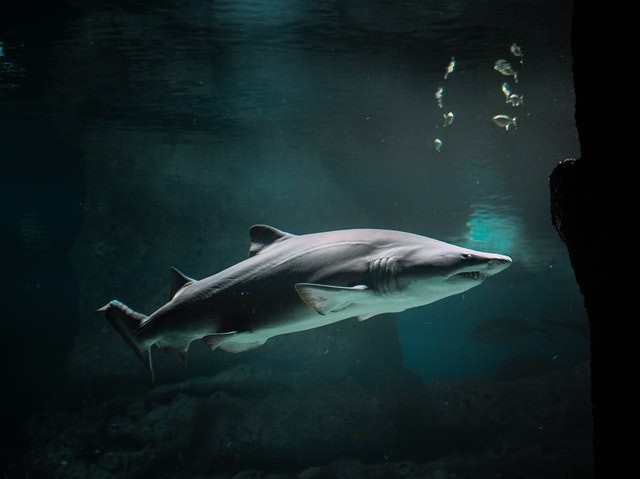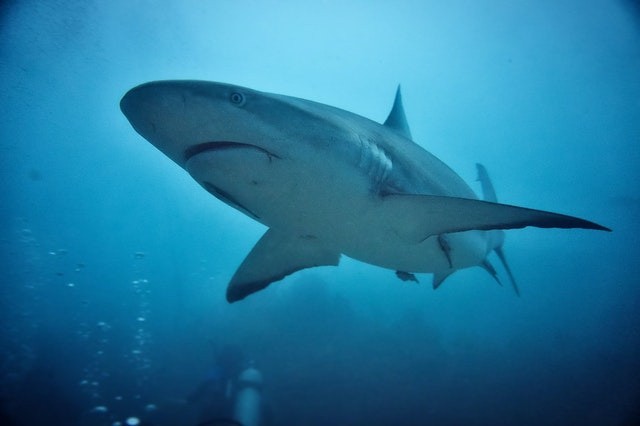Researchers studying sharks near New Zealand have found out that three giant deep-sea sharks shine in the dark, which includes the one that is now known as the largest luminous vertebrate.
Bioluminescence, which means the release of visible light by living organisms via a chemical reaction is a common fact among marine life but it is being recorded and analyzed in the black belly lantern shark, and the southern lantern shark, kitefin shark for the very first time.

The Largest Known Luminous Shark
The luminous sharks were collected amid a fish survey in January 2020 at the Chatham Rise near the east coast of New Zealand. The kitefin, which is now the largest known luminous shark, can expand to 180cm, and scientists referred to it as a "giant luminous shark".
The scientists, all the way from the National Institute of Water and Atmospheric Research in New Zealand and Université Catholique de Louvain in Belgium, disclosed that this studies had effects on our understanding of how life is in the deep sea, being one of the ecosystems on the planet that is barely studied.
The giant sharks all coexist in what is referred to as the twilight or mesopelagic zone of the ocean, with deep meters between 200 and 1,000, far from which sunlight does not enter.
As shown below, the sharks emerge sunny opposing the bright surface of the water, leaving them unsecured to possible predators without any place to find cover.
Scientists advocate that these three giant sharks glowing underwater may help conceal them from any threats that might arise from underneath.
Kitefin Shark
As regards to the kitefin shark, which has little or no animals of prey, it is viable that the species moving slowly make use of its natural glow to light up the ocean floor while searching for food, or to hide while getting closer to animals it wants to feed on.
Further research would be required to authenticate the two hypotheses, the scientists pen down in a paper released in the Marine Science journal frontiers, and to have a better understanding of how the shark's bioluminescence worked and likely results for prey-predation affairs.
The scientists wrote that taking into consideration the size of the deep sea and the affairs of glowing organisms in this zone, it is now more and more clear that releasing light at deep-sea must play a crucial role in forming the biggest ecosystem on our planet.

The Luminous Pattern Wasn't Known
The lead researcher from the Marine Biology Laboratory, Jérôme Mallefet from the Université Catholique de Louvain in Belgium, disclosed that "The luminous pattern of the Kitefin shark was not known and we are still very amazed by the glow on the dorsal fin. Why and for which purpose?"
The magnitude of the territories occupied by the sharks is what makes this kind of research very difficult, Mallefet said the two other Etmopterus sharks were also not recorded so it is the first time, but he hopes to come back to sea very soon, so as to continue the work and look out for other luminous species.
RELATED ARTICLE: Glowing Sharks Light up to Threaten Potential Predators
For more news, update about sharks and similar topics don't forget to follow Nature World News!
© 2025 NatureWorldNews.com All rights reserved. Do not reproduce without permission.





